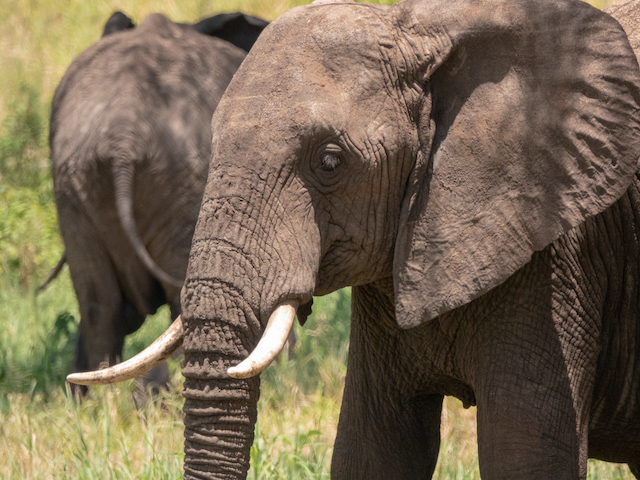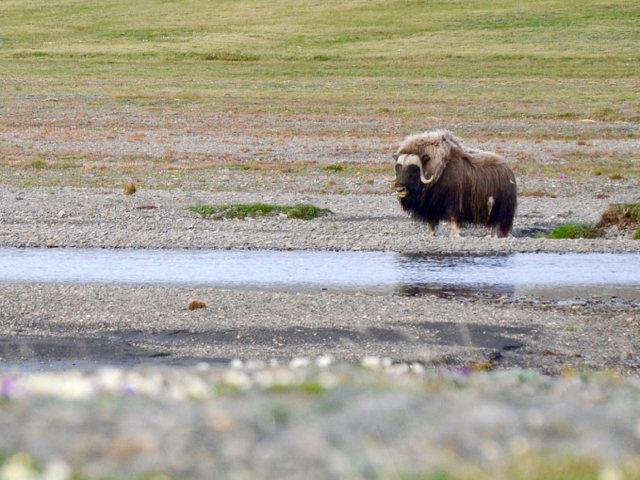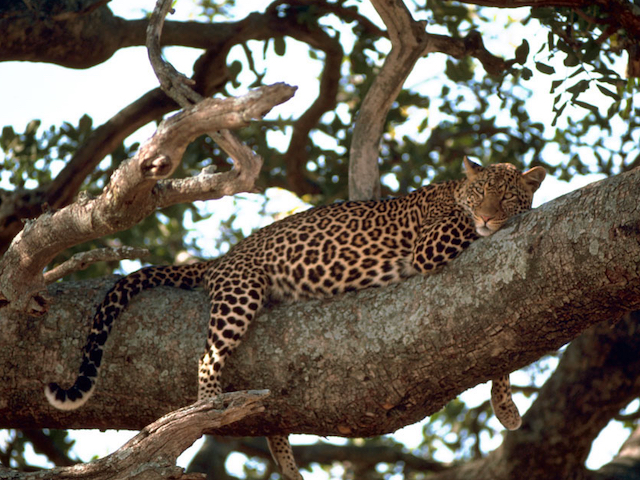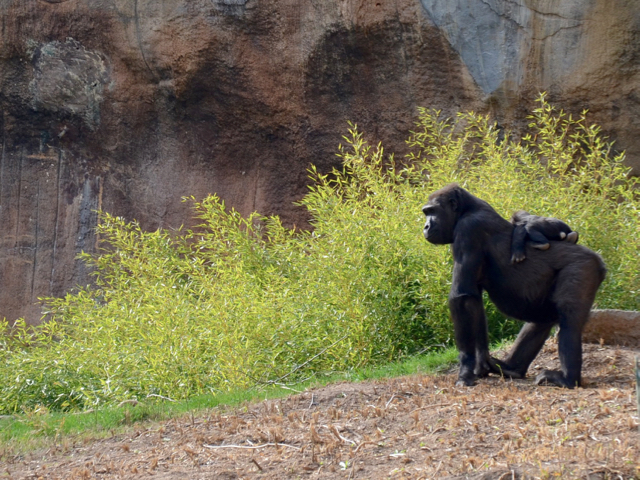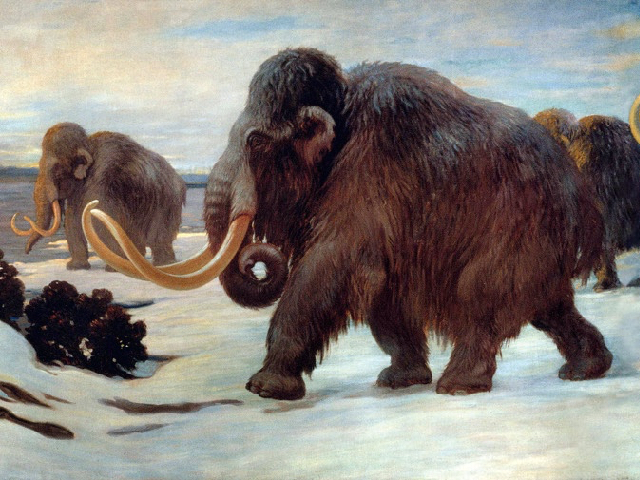GENOMICS OF EXTINCTION
In my research, I combine the fields of population genomics, conservation genomics, and palaeogenomics to study evolutionary processes in endangered and extinct species.
Many endangered populations of today are facing the consequences of habitat fragmentation, isolation, and small population size. The smaller the population, the more vulnerable it is to random events and processes pushing it closer to extinction. Such stochastic events might occur in the environment, like hurricanes or severe droughts, but they might also occur in DNA. And the villains in this story are called inbreeding and genetic drift.

To what extant are inbreeding and genetic drift to be blamed for a species' extinction is not completely clear. Among other things, studying these processes in natural populations is difficult and our current knowledge is based more on theory than empirical evidence.
However, high-thoughout sequencing is working miracles and thanks to the advances in ancient DNA techniques we can travel back in time, which gives us a unique opportunity to learn about extinction from the most adequate source, the extinct species themselves. Moreover, improved techniques for working with low quality DNA are now being applied to non-invasive sampling of endangered species, allowing genomic studies to be performed in wild populations without disturbing them.
Working with degraded DNA is the overarching theme of my research so far - including museum samples of tree squirrels, permafrost-preserved mammoths, faecal samples of mountain gorillas, degraded muskox tissues, and million-year-old teeth.

